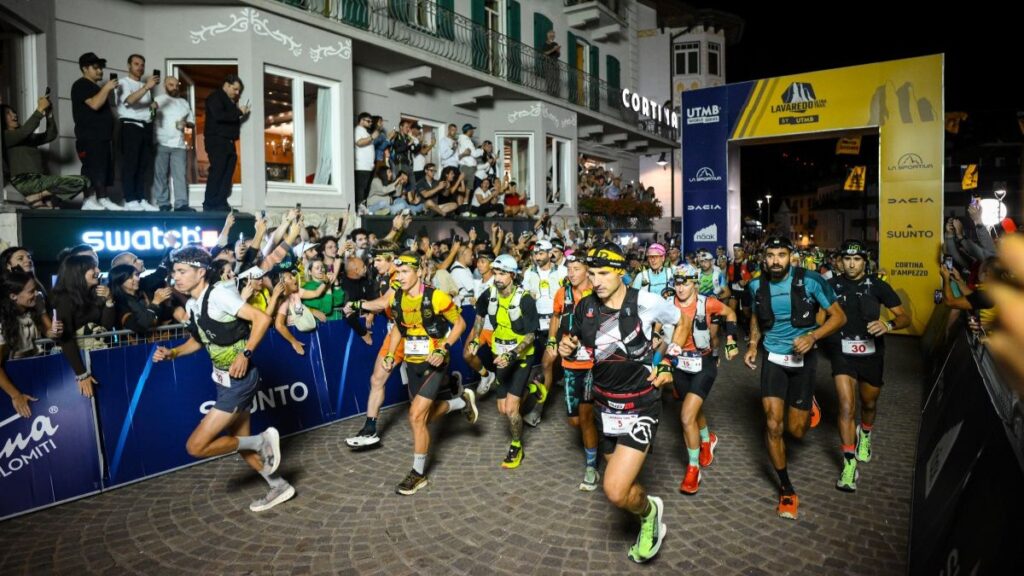As summer unfolds, experienced trail and ultramarathon runners find themselves at a pivotal point in their racing calendar. With several notable events behind them, the focus now shifts toward the opportunities that lie ahead. The emergence of high-elevation trails from their winter cloaks makes for a prime period to enhance performance and tackle new challenges. Yet, the key to striking success in subsequent races hinges on two critical factors: preparation and recovery.
Recovery, often sidelined in the hustle of race schedules, is paramount for sustaining performance throughout the season. Inadequate recovery after a demanding ultramarathon can compromise future events, leading to burnout or injury. A well-structured recovery strategy, particularly after mid-season races, allows athletes to rebound effectively, restoring both physical and mental capacities.
One essential strategy is to embrace active rest. After a high-intensity race, runners often feel compelled to completely rest; however, pure passiveness neglects the orthopedic system, which benefits from low-impact activities. Engaging in gentle movement—such as walking or yoga—helps maintain mobility and circulation, critical for recovery. A general guideline post-race is to take rest days correlating to the race distance: one day for every ten miles of high-intensity effort or twenty miles of slower, ultra-distance racing. However, staying connected to one’s body through low-impact activities accelerates recovery without risking overexertion.
In conjunction with physical recovery, mental recuperation is equally important. For athletes engrossed in the digital realm, particularly social media, the constant comparison to others’ fitness levels and achievements can detract from personal recovery efforts. Taking a break from social media can facilitate a more introspective recovery period, allowing runners to savor their recent accomplishments without falling into the trap of unproductive comparison. This mental clarity can prove invaluable as they prepare for upcoming challenges.
As technology continues to evolve, its application in training and recovery cannot be overlooked. Wearable gadgets that monitor heart rate, sleep quality, and variability can offer valuable insights into one’s recovery status. Athletes should monitor these metrics closely, refraining from any intensive training until they return to baseline levels. This data-oriented approach ensures that runners are genuinely prepared before reintegrating high-intensity training into their schedule.
Nutrition plays a similarly vital role in the recovery process, particularly concerning gut health. The gastrointestinal system bears significant stress during ultramarathons; thus, it warrants targeted recovery strategies. A diet rooted in whole foods can act as a foundation for recovery, but it’s essential to tailor this to individual tolerances. Inflammatory foods can hinder recovery, so identifying and eliminating irritants can improve gut function and overall wellness. Nutritional supplementation may also aid recovery, with options like creatine for neuro-immune support and collagen peptides for muscle recovery gaining traction among athletes.
With a focus on physical rehabilitation comes the importance of re-engaging mobility. A brisk walk can provide insights into the body’s mechanics that a casual run may overlook. Easing back into movement via walking helps illuminate areas needing mobility work, assisting athletes in identifying stiffness and imbalances. As runners transition from walking to gradually increased intensity, adding incline walking or limited runs can facilitate a return to form while maintaining a manageable impact level.
An unconventional but effective approach to recovery is to train like a high school runner—a concept that encourages athletes to simplify and streamline their training routines during recovery. Incorporating short, frequency-driven workouts, while prioritizing rest days, emulates the training philosophy of high school runners who often excel at lower volumes but higher frequencies. By focusing on faster-paced sessions, runners can continue to engage their neuromuscular systems while allowing adequate time for recovery and adaptation.
For those preparing for upcoming prestigious races like UTMB, staying attuned to qualification updates and any course alterations is critical. Familiarity with the course and its demands—such as elevation changes, technical sections, and weather conditions—can inform training adjustments. Utilizing insights from seasoned athletes who have navigated the course before can also help joggers devise race strategies, pacing decisions, and fuel plans.
Ultimately, maintaining a balance between pushing personal limits and the necessity for recovery will yield the best results throughout the summer racing season. Runners should approach their training with an understanding that recovery protocols and training adaptations are not a sign of weakness, but rather a tactical decision to safeguard future performance. The trails offer the promise of remarkable experiences; however, harnessing the significance of recovery can dictate the quality of those experiences.
One crucial takeaway is this: prioritize recovery as an integral component of your training regimen. Balancing sustained efforts with adequate rest will pave the way for peak performances and ultimately enrich your mountain racing endeavors.
